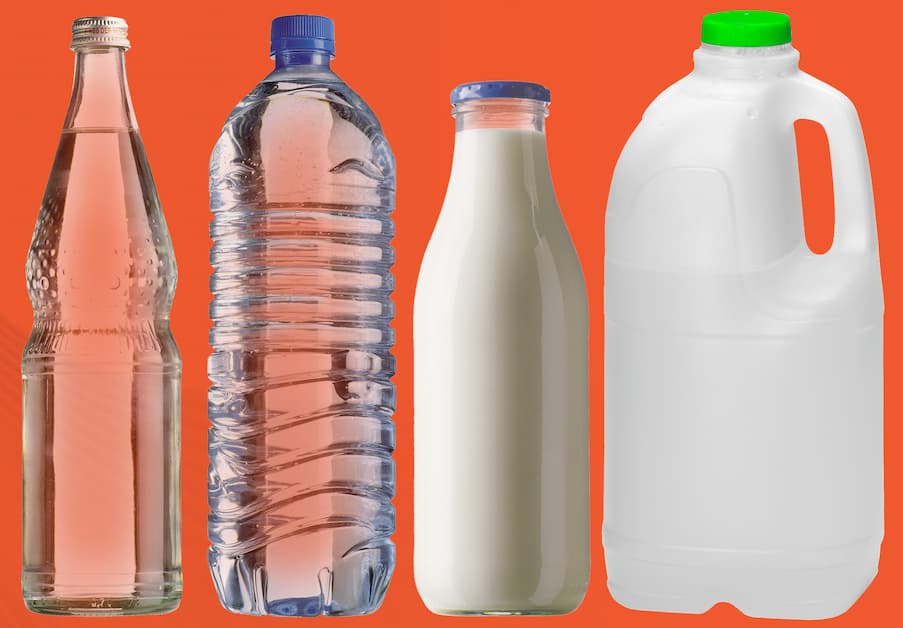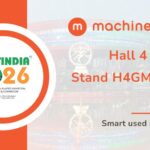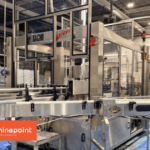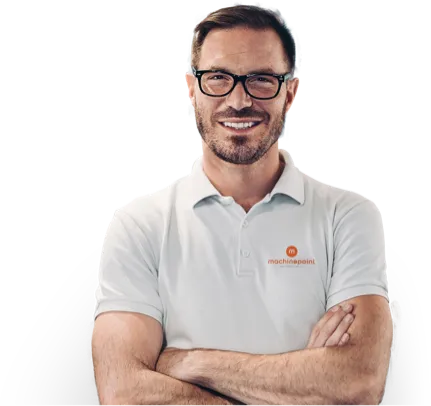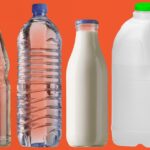Liquid filling systems have evolved in the last decades with the appearance of aseptic technology. They were first introduced in the 60’s with the introduction of the carton packaging.
Consumer demand has reduced significantly the use of drinks preservatives, and has improved the processing of beverages to achieve higher organoleptic and nutritional quality.
Currently, drinks packaging uses different technologies. Most common are hot and cool technologies.
Hot Fill
Hot fill is practically restricted to glass packaging. This is one of the oldest technologies. The beverage is introduced in the bottle at 85ºC to be later capped and introduced through pasteurization and cooling tunnels until it is stabilized.
This technology presents a long pasteurization to products, and therefore generates vitamine losses and some organoleptic changes
Cold Fill
We have three cold fill technologies
1. Iso-barometric Fillers. Applied to carbonated soft drinks, where the packaging, in PET or glass is filled in iso-barometric fillers, capped and pasteurized in tunnel. Filling is made at 3ºC to 4ºC and the tunnels are much longer.
2. Ultra Clean Systems: applied to beverages filling at low temperatures, and where the environmental conditions are very strict. This type of products has normaly a short expiring date -about 30 days- and are distributed at low temperature under chilled conditions. They have high quality, flash pasteurized and applied to carton and PET packaging.
3. Steril filling
Sterile filling preserves the product best acording to nutritional, organolpetic and shelf life qualities.
In this type of technologies, the different filling systems sterilize the packaging before filling, and this is produced in sterile environment, sterilizing the packaging with peroxid or per-acetic acid to be later dried to eliminate any traces of it. The sterility of the filling atmosphere is achieve via air filtering and high temperature sterilization.
The first technologies of this kind where developed for the carton packaging and was massively employed for milk packaging. Currently there are sterile fillers for carton packaging and PET bottles.
MachinePoint has more than 25 years of experience in the installation and start-up of aseptic installations, and offers its customers the best and largest base of aseptic machinery in Europe. We also offer independent advice in the selection of the most adequate system for your needs.
End-of-line Packaging
End-of-line packaging technologies difer depending of the packaging used.
Carton Packaging, due to its flexibility and inability to withstand pressure, require a type of packaging and transportation different than that of bottles of rigid containers.
Transports
MachinePoint supplies and installs transport systems for all type of packaging -carton, bottle, can or box- solving the automation of the whole system, controlling at the same time stops, starts, accumulations, chain lubrification, codification and quality control (X-ray screening, weight, coding, etc)
Palletizing
Paletizing Systems are divided in two groups. Conventional palletizing, where the machine piles up boxes with conveyors, belts, pushers and elevators, and Robotized Palletizing, where the robot places boxes individualy in its adequate position.
Conventional paletization keeps being, nowadays, the fastest one, and it is therefore employed in systems where packaging does not change much in format or high productivity.
On the other side, robotized palletizing gives systems a high flexibility, so that systems can change format almost instantly, or even produce with several formats at the same time. It is therefore used at factories with high format versatility.
MachinePoint supplies all palletizing technologies with high automated systems integrated in interruption management systems.
MachinePoint installs used packaging lines from the best brands that best fit your budget.
